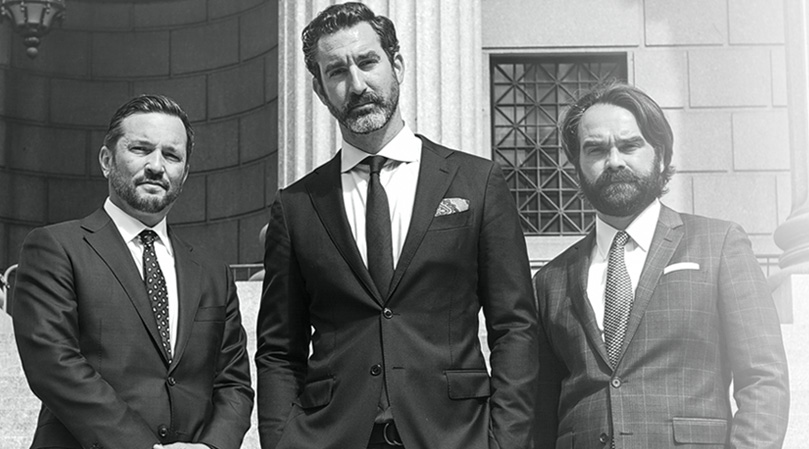The Impossibility Of The Insanity Defense- Part 1

On March 28, 2014, David Tarloff was found guilty of murdering a psychologist in a botched robbery. This was the third time Mr. Tarloff was put on trial for the crime. In 2010, Mr. Tarloff was declared unfit to proceed to trial during jury selection. Then in 2013, Judge McLaughlin declared a mistrial after the jury was unable to reach a verdict. The defense in the case was insanity. What makes this case interesting is the fact that many of my peers on both the defense side as well as the prosecution side concede that Mr. Tarloff is absolutely insane. However, being insane and being found not guilty by reason of insanity are very different things. The fact that Mr. Tarloff was convicted appears to me to be evidence that it is pretty much impossible to be acquitted nowadays for reasons of insanity. What follows is a short explanation as to why.
The idea of using insanity as a defense to murder has its roots in the traditional common-law. However, the modern concept of insanity as a legal defense started with a guy named Daniel M’Naghten. Mr. N’Naghten was a scotsman who was born sometime in 1813. He spent most of his life living an ordinary and non-assuming life. However, in 1843 Mr. M’Naghten began to suffer from delusions. Among these delusions were that British Prime Minister Robert Peel had been conspiring against him. Mr. M’Naghten acted on these delusions by shooting a person whom he thought was the Prime Minister at point-blank range. However, Mr. M’Naghten didn’t shoot the Prime Minister. Rather, he shot a person named Edward Drummond. Mr. Drummond was the Prime Minister’s secretary. Although Mr. Drummond’s injuries didn’t seem that severe at first, he eventually died. Mr. M’Naghten was subsequently tried for murder and was found not guilty by reason of insanity.
Even though Mr. M’Naghten was forced to spend the rest of his life confined in a sanitarium, England was in an uproar as a result of this acquittal. As a result, a series of judges convened and came up with how and when the insanity defense should be applied in situations in which the accused asserts the defense. The result were the famous (at least in the legal community) “M’Naghten Rules.” The M’Naghten rules basically find that there is a presumption of sanity, unless the defense can convince a jury that at the time of committing the act, the accused was inflicted with such a defect of reason, from disease of the mind, as not to know the nature and quality of the act he was doing or that he did not know what he was doing was wrong. This rule became very influential and is used in many states, including New York.
For the most part, all was quiet with regard to the insanity defense. It was a defense often used, but it’s success rate was not that high. However, it did succeed as a defense about 2% of the time. However, that all changed in 1981. In that year, John Hinckley Jr. became obsessed with Jodie Foster. His efforts to court the famous actress went unnoticed. In an effort to grab Ms. Foster’s attention, Mr. Hinckley decided to assassinate President Reagan. This was apparently an homage to the 1976 film “Taxi Driver” in which Ms. Foster appeared. Mr. Hinckley was acquitted in 1982 after a jury found he was insane at the time of the crime. There was another public outrage. This culminated in 1984 when Congress literally rewrote the insanity defense. Many other states followed suit and some states even banned the defense altogether.

Request Your Free Consultation
Fields Marked With An “ * ” Are Required
"*" indicates required fields
The Woolworth Building
233 Broadway
Suite 701
New York, NY 10279

